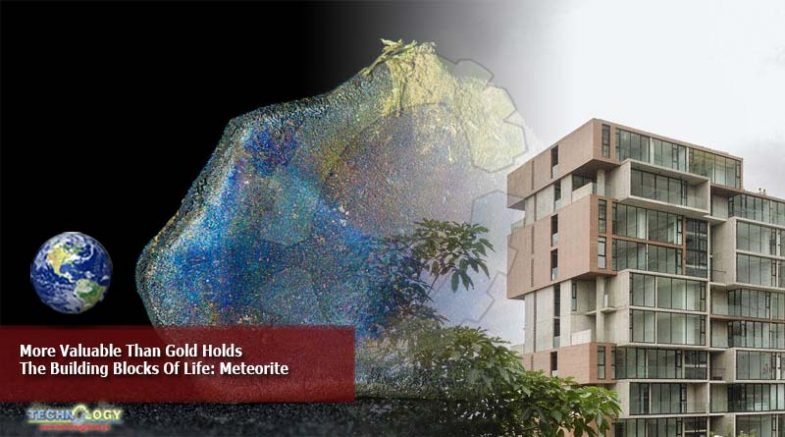As the fiery emissary streaked across the skies of Costa Rica, an unearthly mix of orange and green, Marcia Campos Muñoz was in her pajamas. It was 23 April 2019, when she heard a foreboding rumble. she tiptoed outside to calm her barking dog, a village carved out of Costa Rica’s tropical rainforest. Nothing. She ducked back inside, just before a blast on the back terrace rattled the house to its bones.

Campos Muñoz phoned her father, brother, and oldest son, who rushed to the house. On the terrace, they found a grapefruit-size hole in the corrugated zinc roof and a smashed-up plastic table, last used for her daughter. The culprit was scattered on the floor, in pieces as black as coal.
She picked up the biggest fragment, still warm. Already, her phone was chiming with WhatsApp messages from friends. Within hours, a local journalist visited the house and streamed videos of the damage on Facebook Live.
It was only the beginning. A space rock the size of a washing machine had broken up in the skies over the village.
Meteorites are not uncommon: Every year, tens of thousands survive the plunge through Earth’s atmosphere. More than 60,000 have been found and classified by scientists. But meteorite falls, witnessed strikes that take their name from where they land, are rare—just 1196 have been documented. And even among that exclusive group, there was something extraordinary about this particular meteorite. The dull stone was, as far as rocks go, practically alive.
The 30 kilograms of primordial leftovers from Aguas Zarcas hold similar promise. They could hunt not just for amino acids and sugars, but also proteins, which have long been suspected but never confirmed in a meteorite.
Clays in a 44-millimeter-wide Aguas Zarcas fragment may hold amino acids, along with stardust that predates the Sun.
An unusual meteorite, more valuable than gold, may hold the building blocks of life.
Originally published at sciencemag
